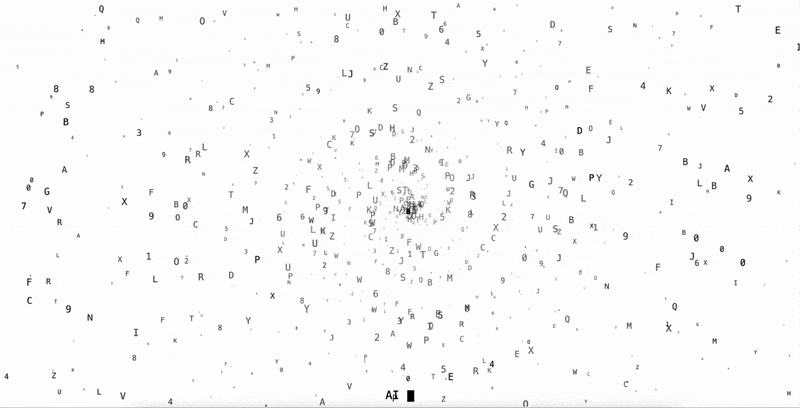Nithin Bharathi

About
I am a graduate student studying Computer Science. My interests revolve around Algorithmic Complexity, Data Structures, Software Engineering, and Distributed Systems. Prior to this, I also worked as a Software Engineer at Odessa Inc. I enjoy working across multiple languages and am most comfortable with C, Java, Python, and C#.
Experience
Odessa Inc. - Software Engineer II
I was part of the Data Migration team, where I contributed to enhancing the in-house migration tool by designing new product functionalities, optimizing performance, and building custom migration modules. I also designed and implemented the company’s first distributed data orchestration job to handle large-scale data transfers.
In addition, I worked on fixing bugs, writing and optimizing stored procedures, tuning slow SQL queries, creating test scenarios, mentoring junior developers, and supporting production releases.
Projects
See my Github profile for my open-sourced code. Some of the projects I have worked on:
- A Character level language model that predicts the next character given a sequence of characters. In addition to the core MLP architecture, implemented the attention mechanism from scratch.
- A linear algebra package for Java
- An in-memory key-value store implemented in C for pedagogical purposes
- A reverse automatic differentiation engine in Python for scalar arithmetic
- FM index implementation for maximal exact match finding and frequency counting.
Misc Links
The following are a collection of technical links that I have found to be interesting.
- Jeff Dean’s talk on google’s infrastructure Technology at Google and techniques for reducing response times in large scale distributed systems Achieving Rapid Response Times.
- Distributed Systems: An interesting course that covers case study’s about the various system architectures in use.
- We all love to write fast code and this course Performance Engineering of Software Systems helped me understand the concepts involved in writing high performance software.
- LSM: Everything you will need to understand about the widely used Log Structured Merge Trees.
- Andrej Karpathy’s wonderful Neural Network: Zero to Hero collection. I would highly recommend this playlist to anyone looking to get started with deep learning.